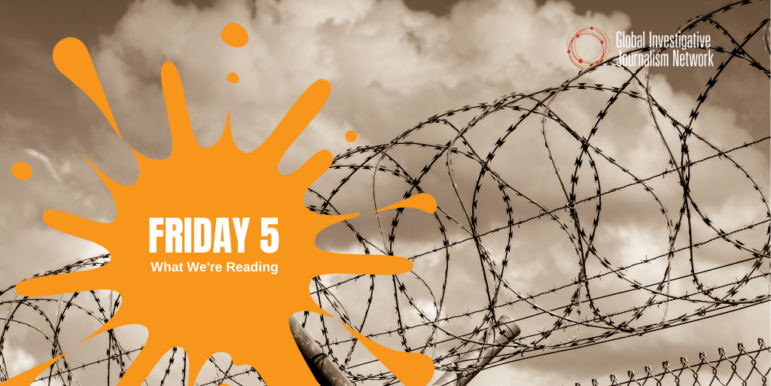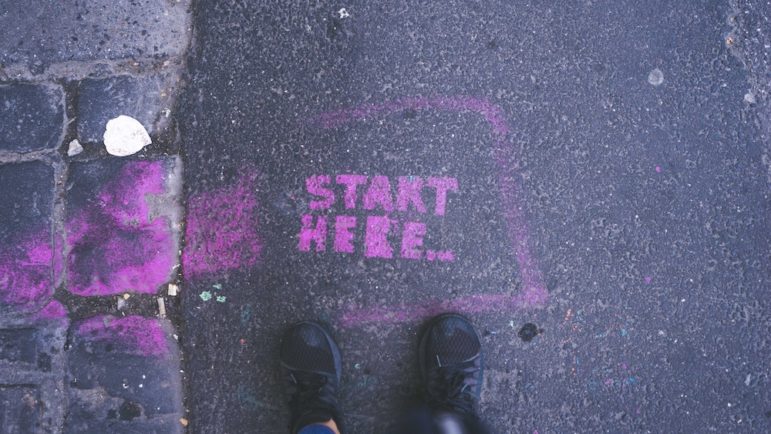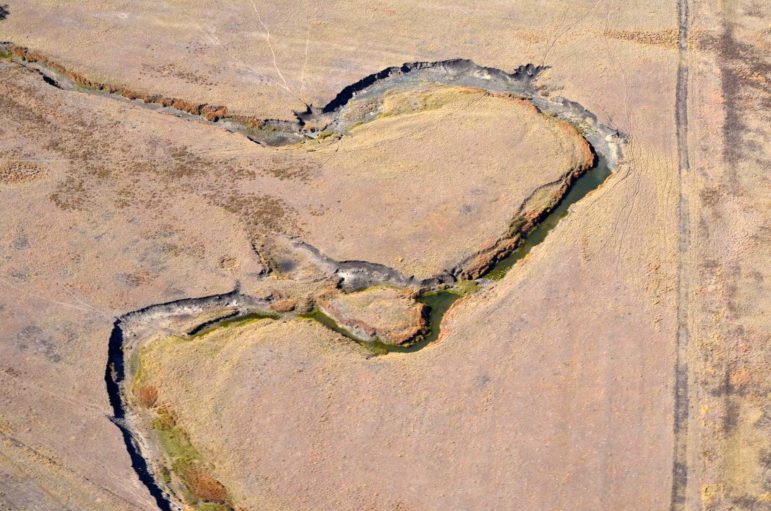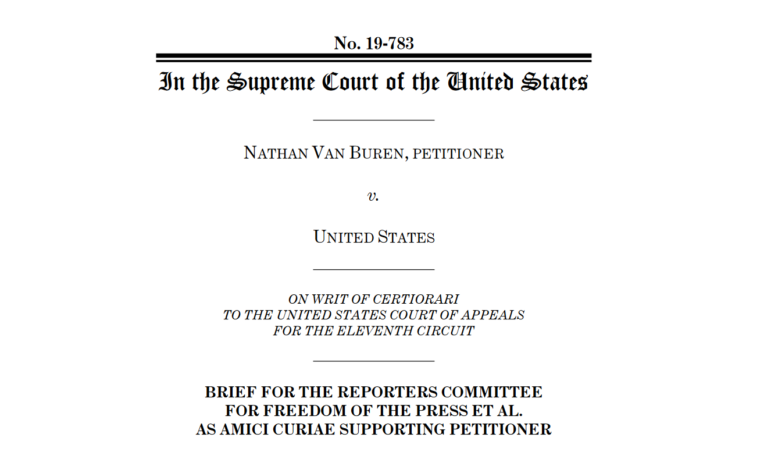In a filing to the Supreme Court in the United States, a raft of media organizations including the Reporters Committee for Freedom of the Press, Associated Press, The Boston Globe, BuzzFeed, The Center for Investigative Reporting, The Daily Beast, Dow Jones, VICE ,and The Washington Post, have argued that the interpretation of the country’s Computer Fraud and Abuse Act needs to be narrowed to avoid “serious constitutional concerns.” In the document, which can be read in full here, the organizations argue that an interpretation of the law by the court of appeals “chills ordinary journalistic activity protected by the First Amendment.”










